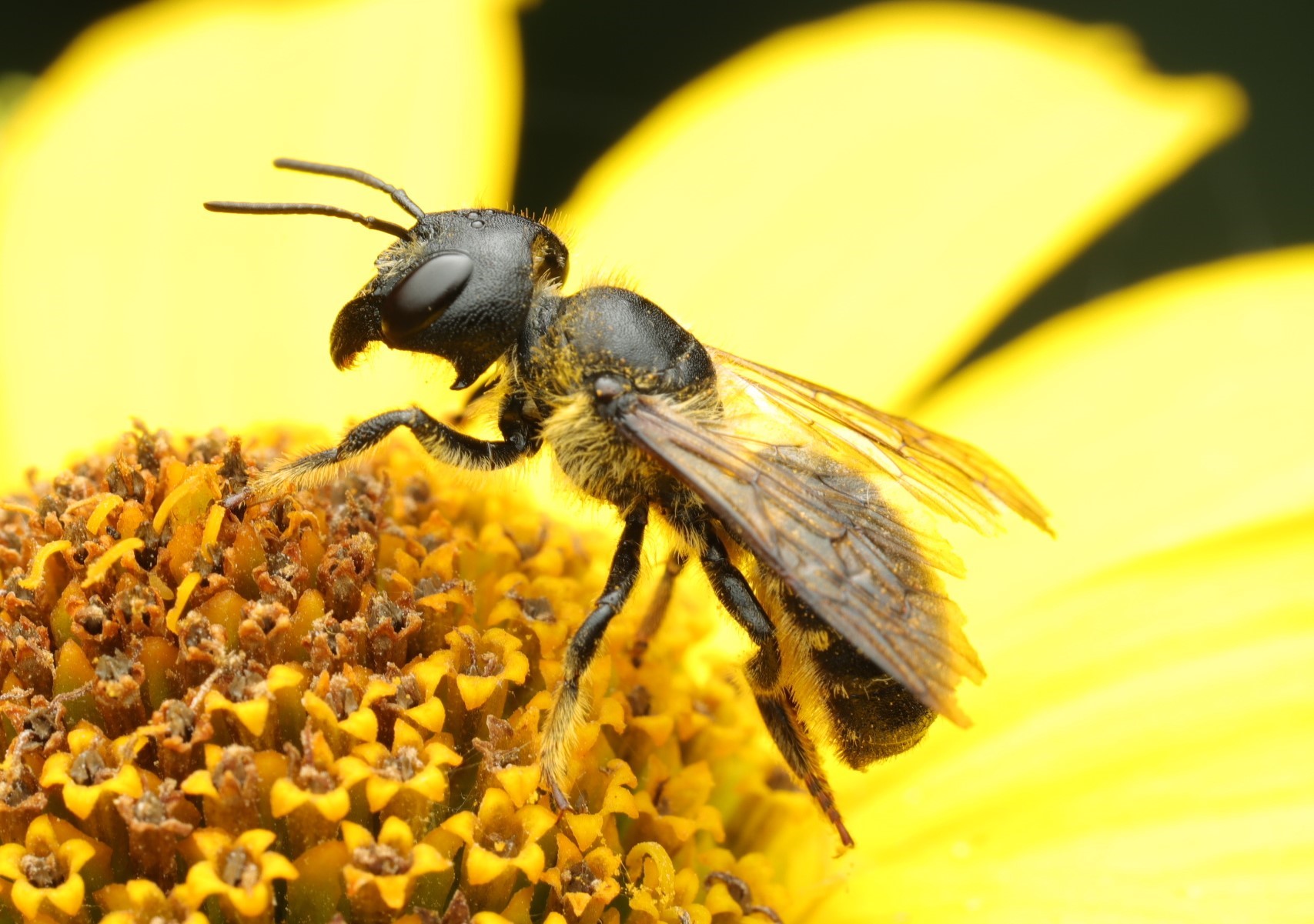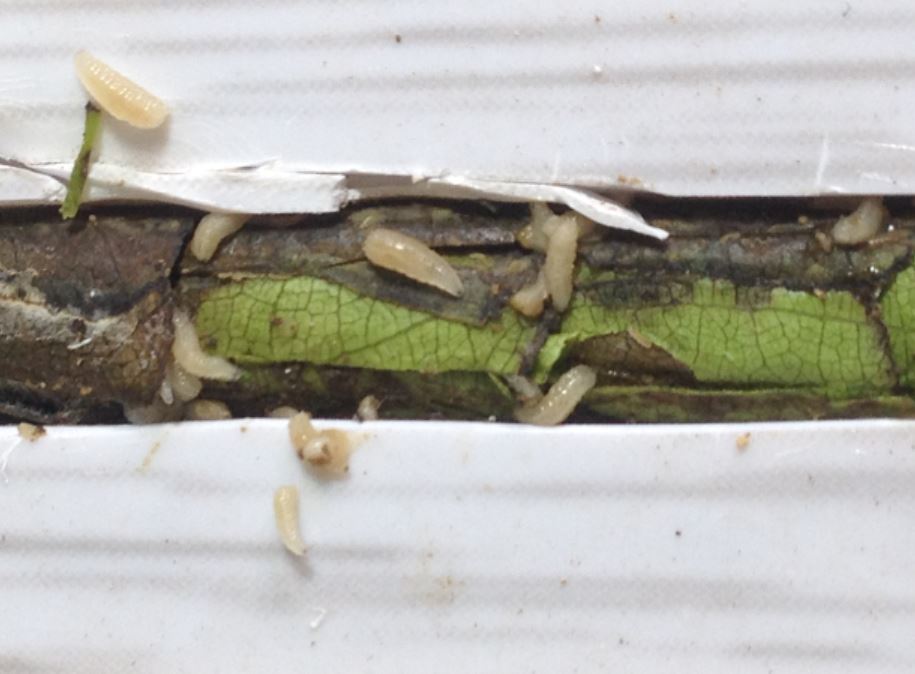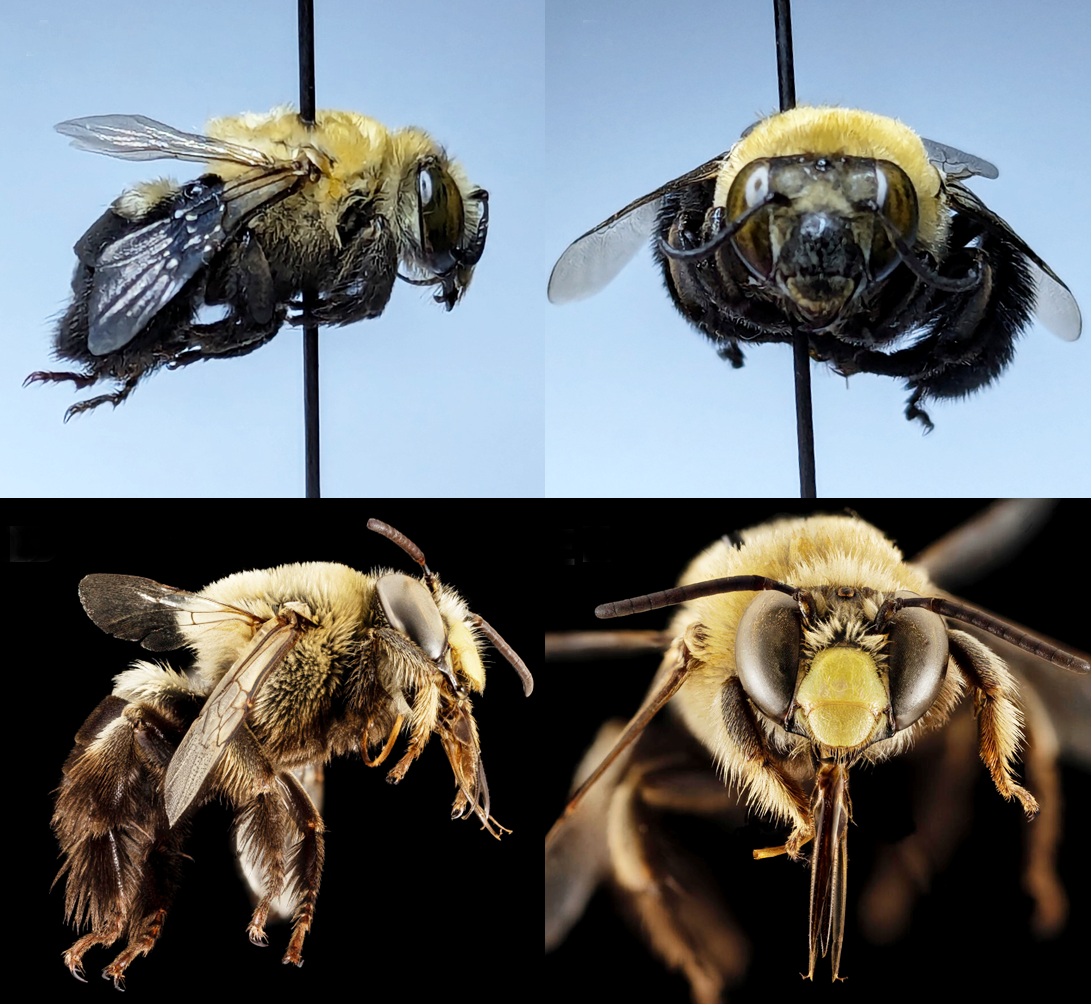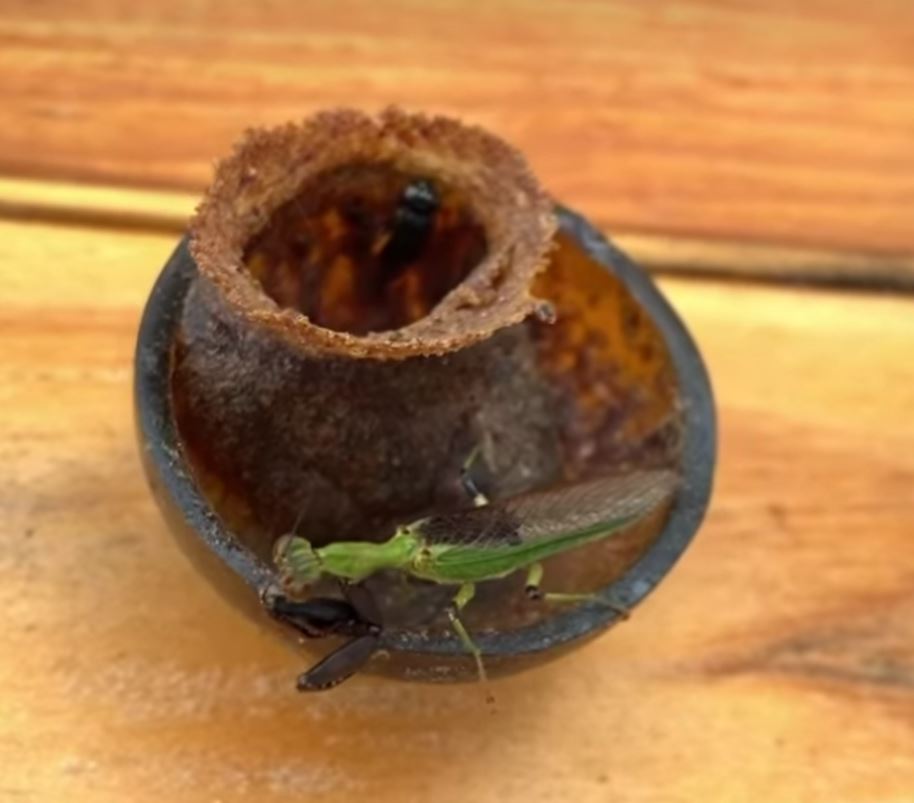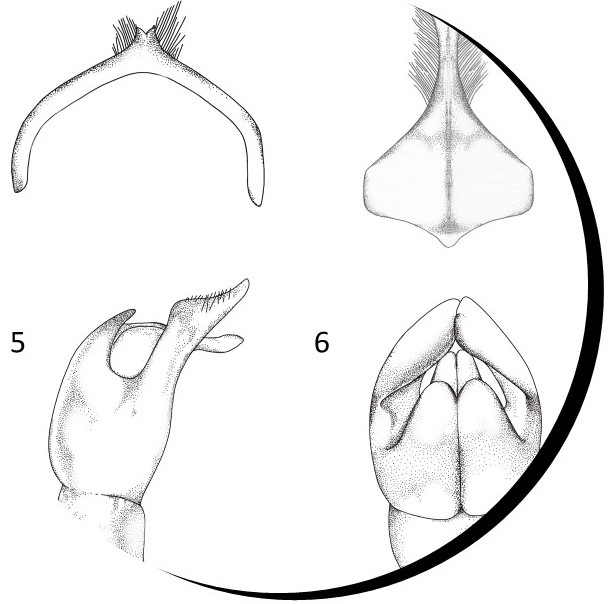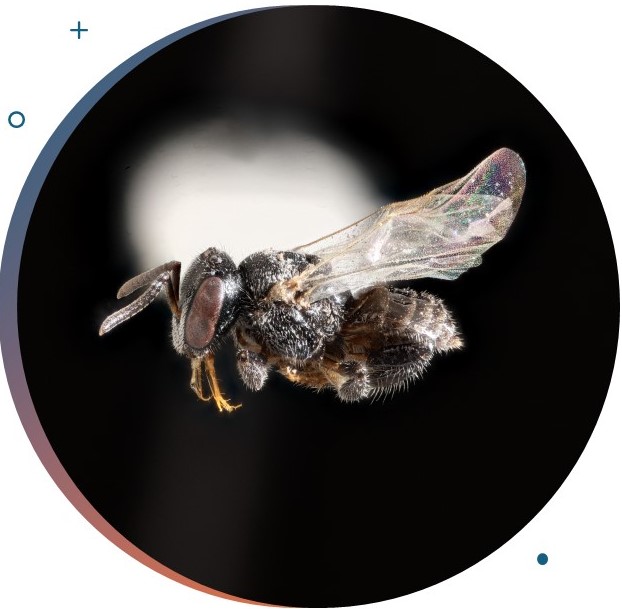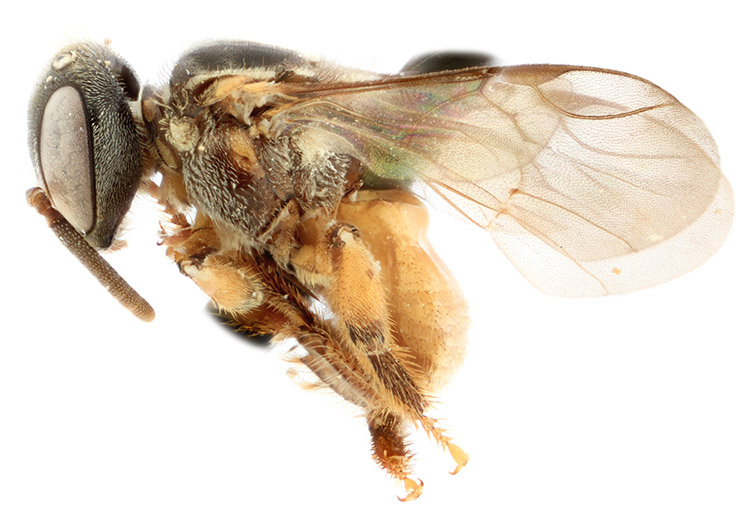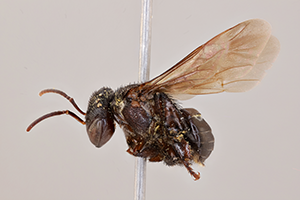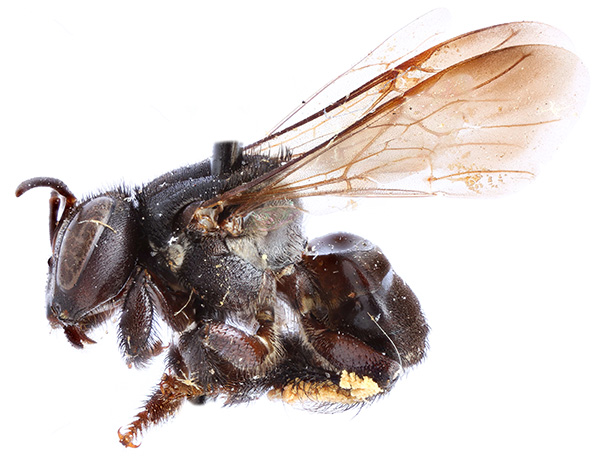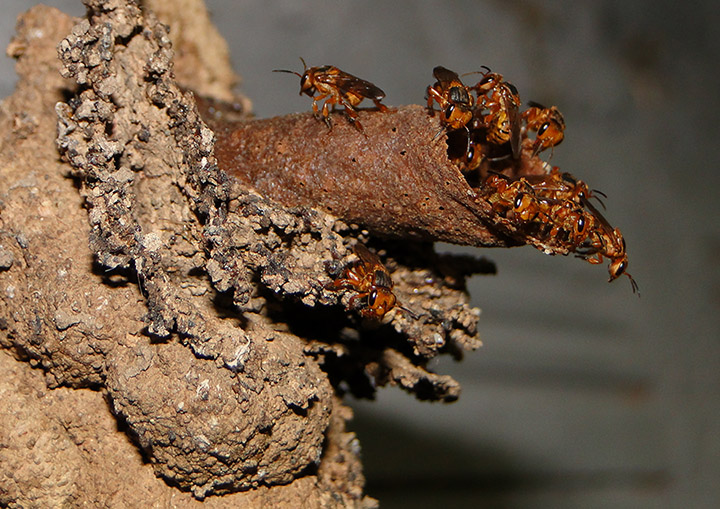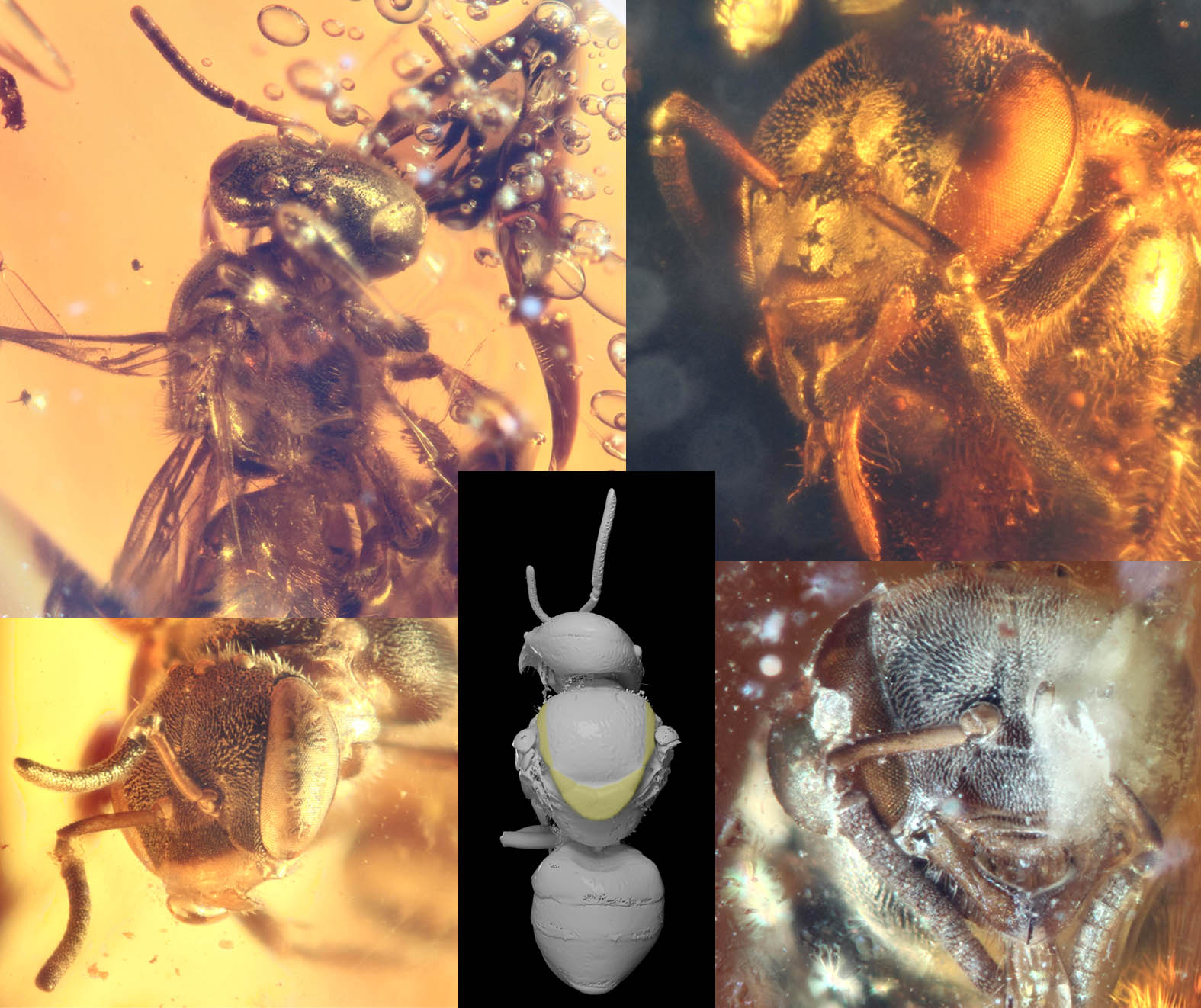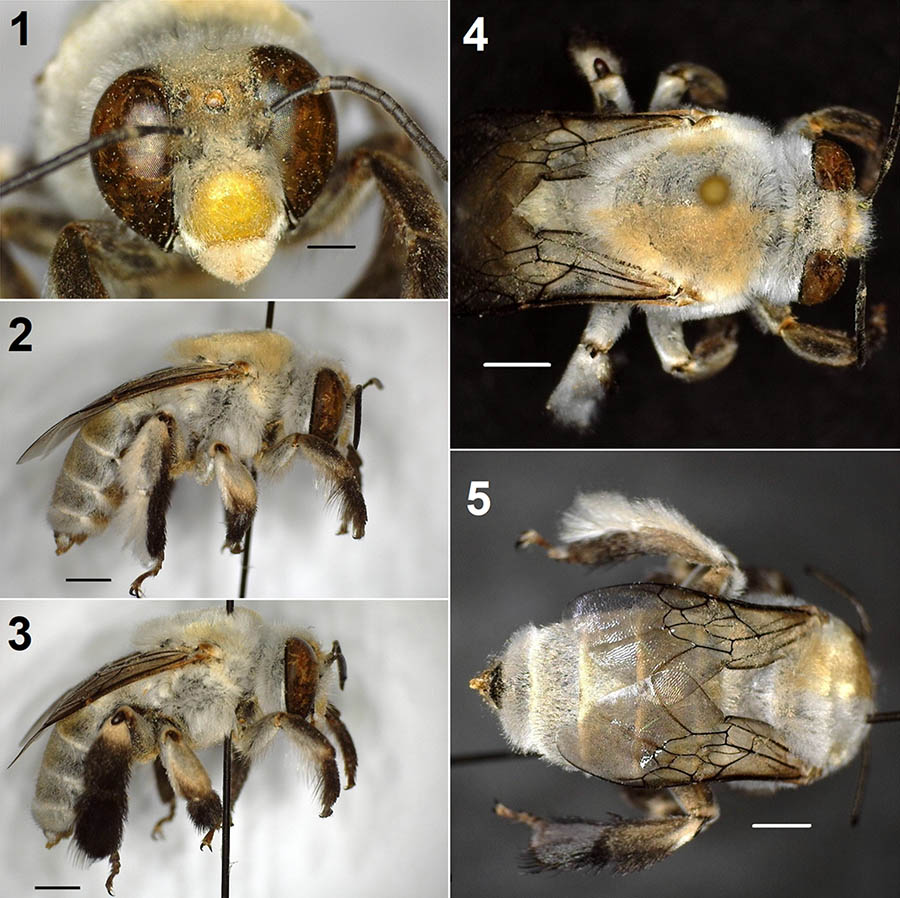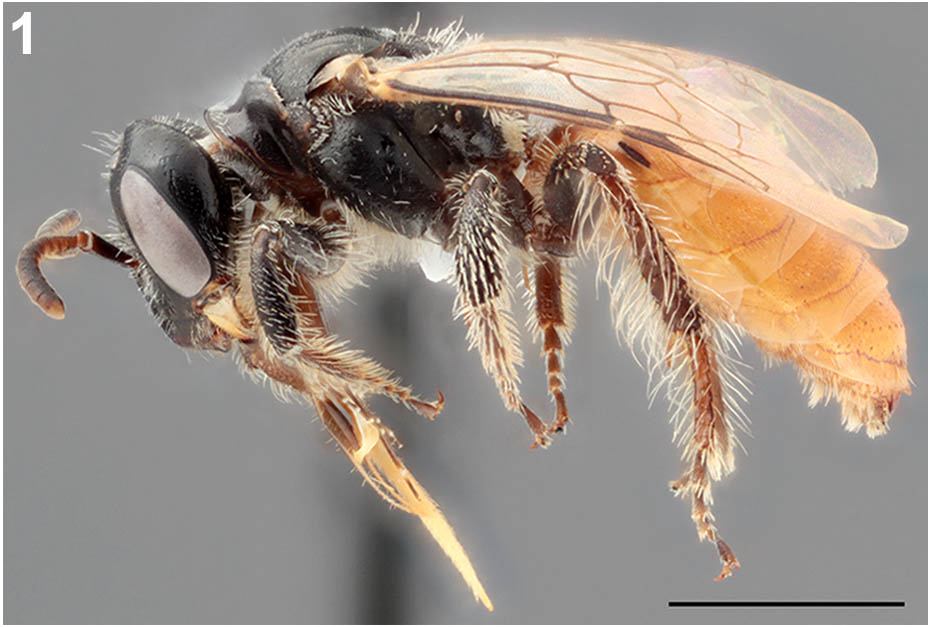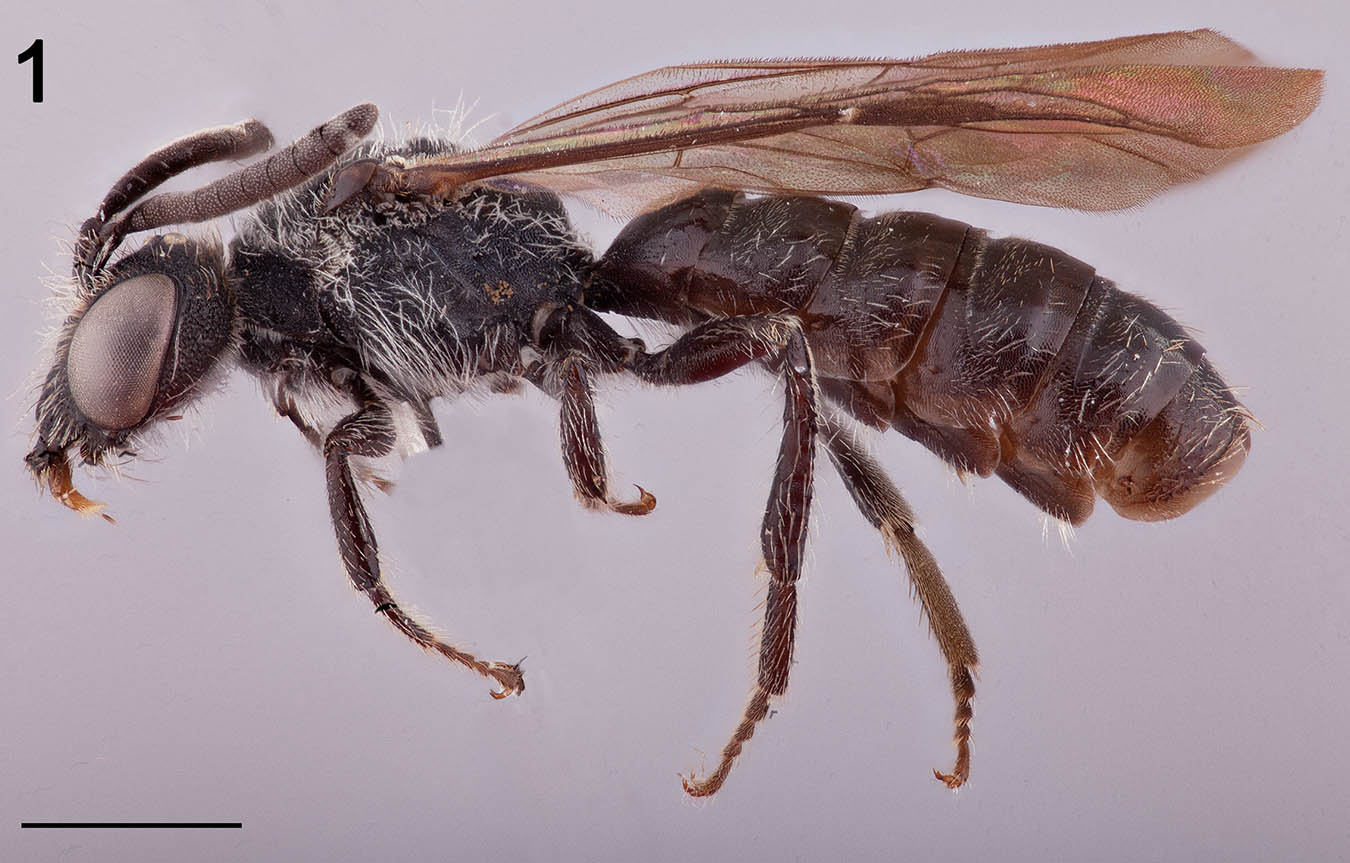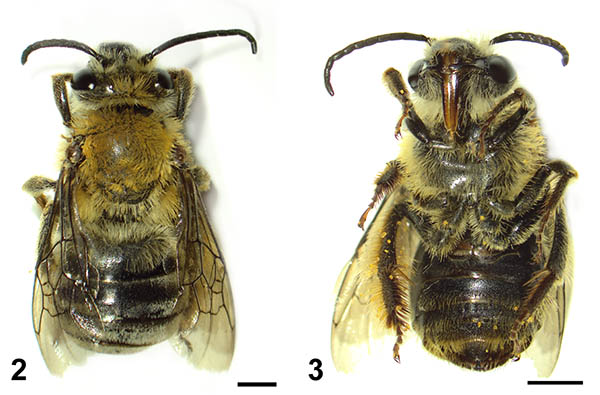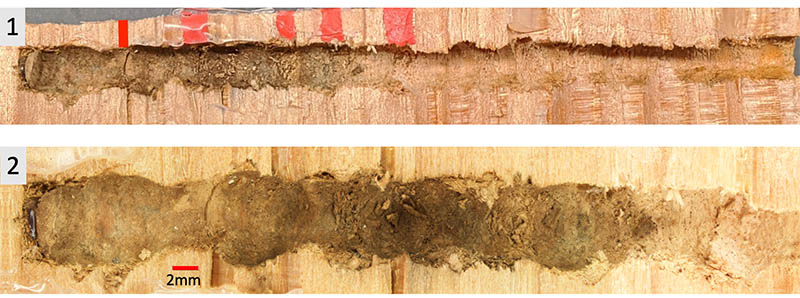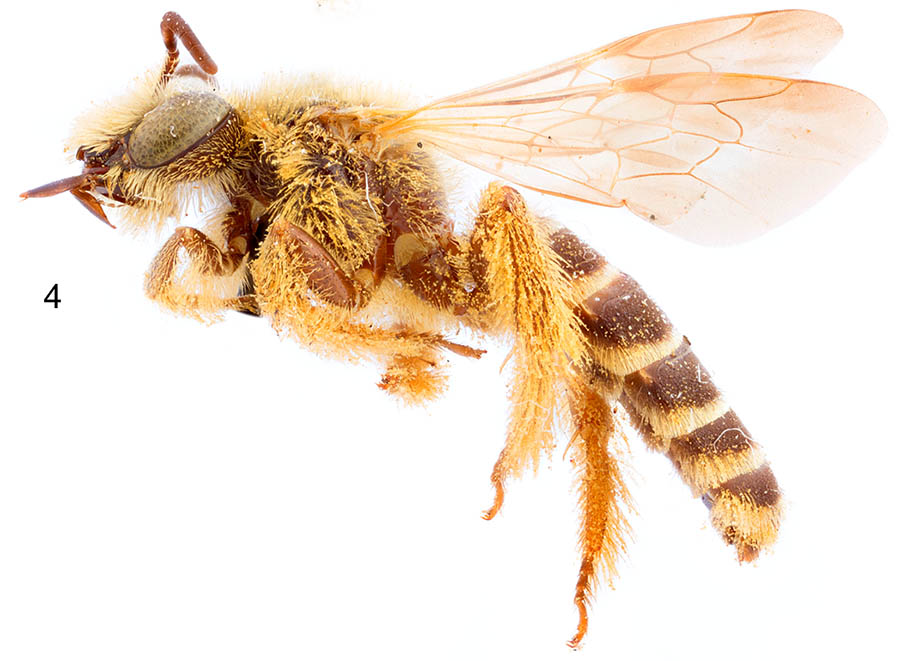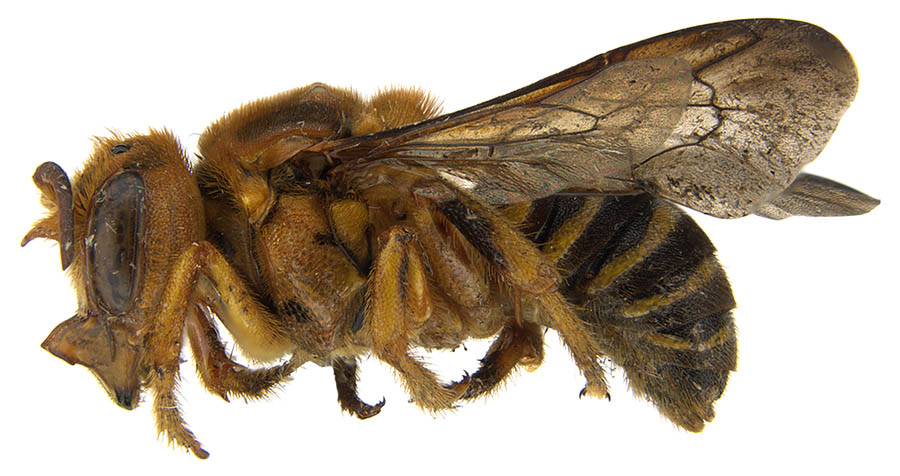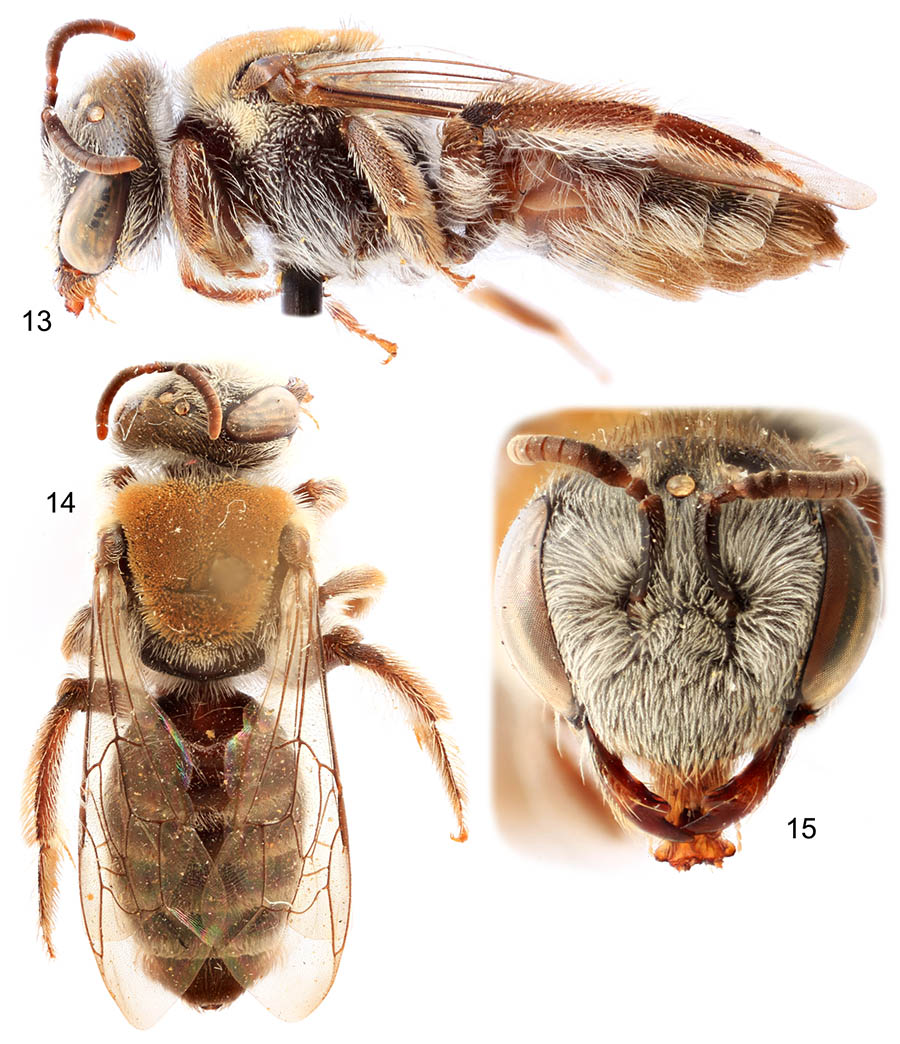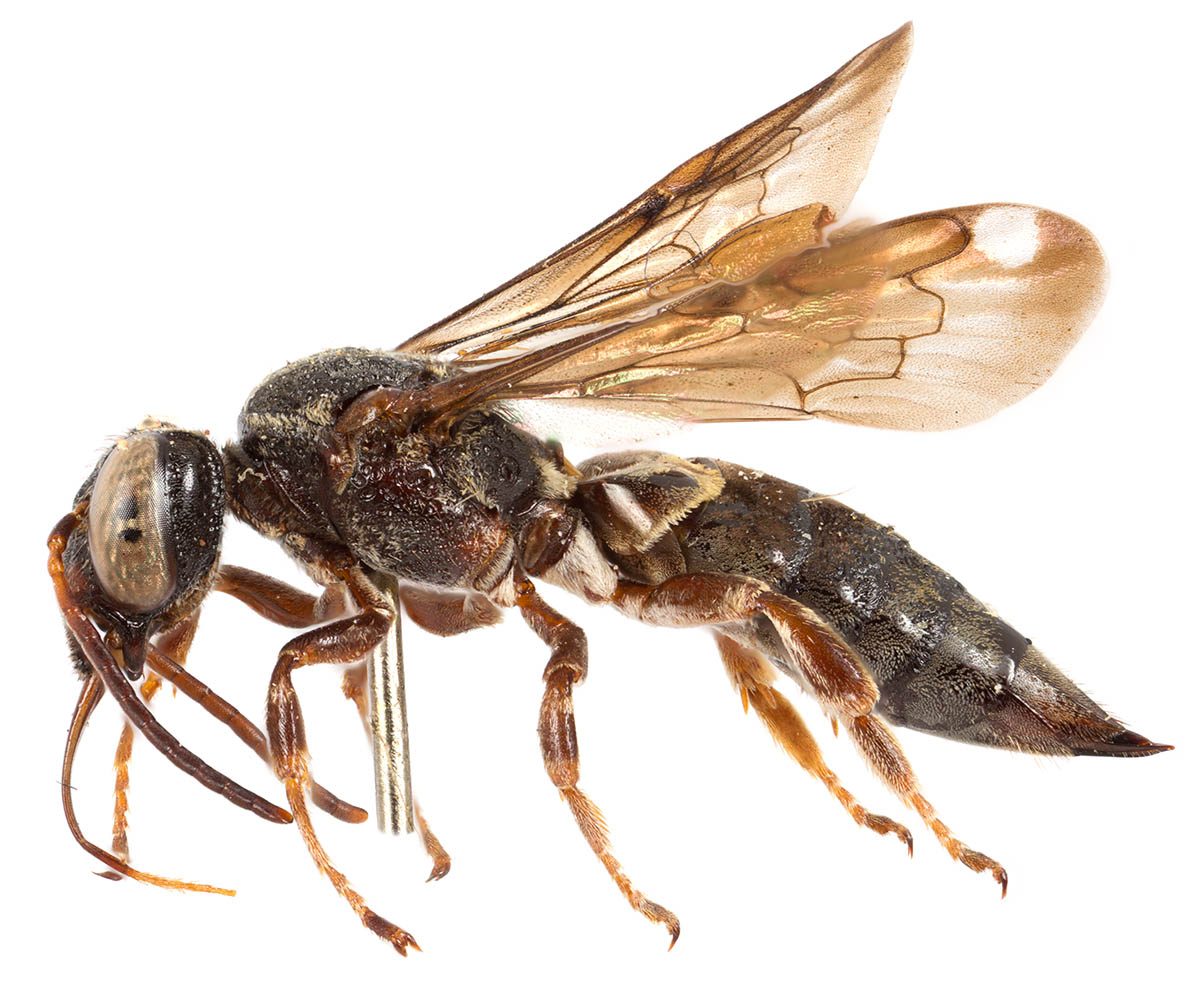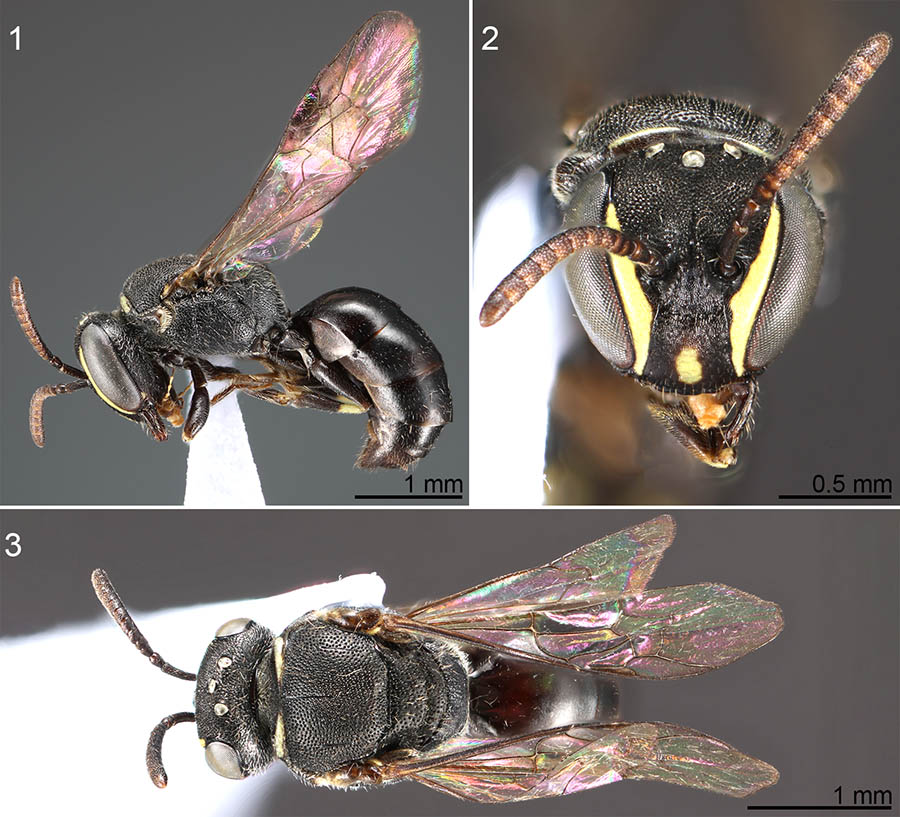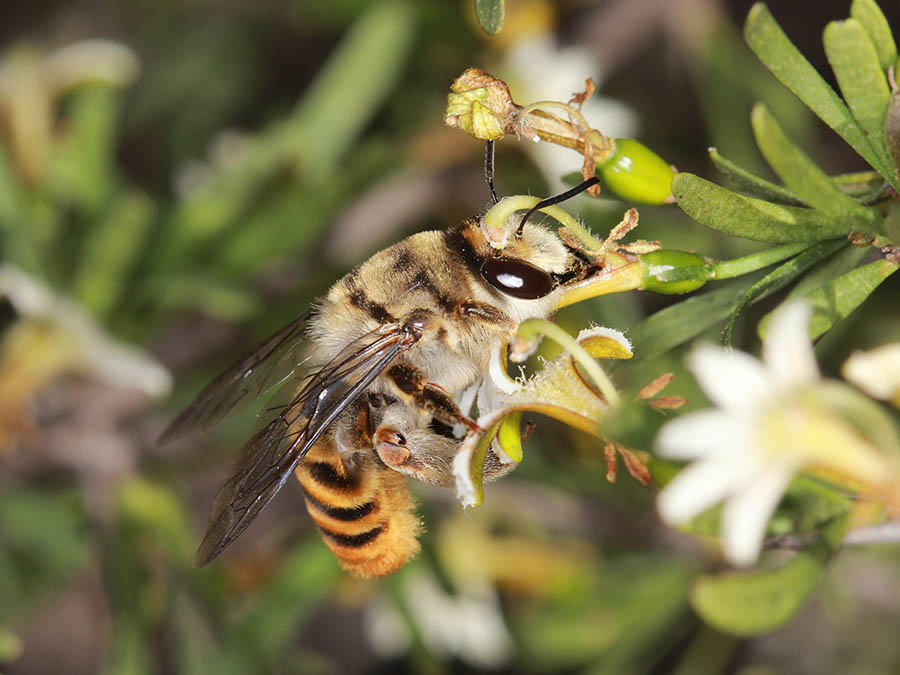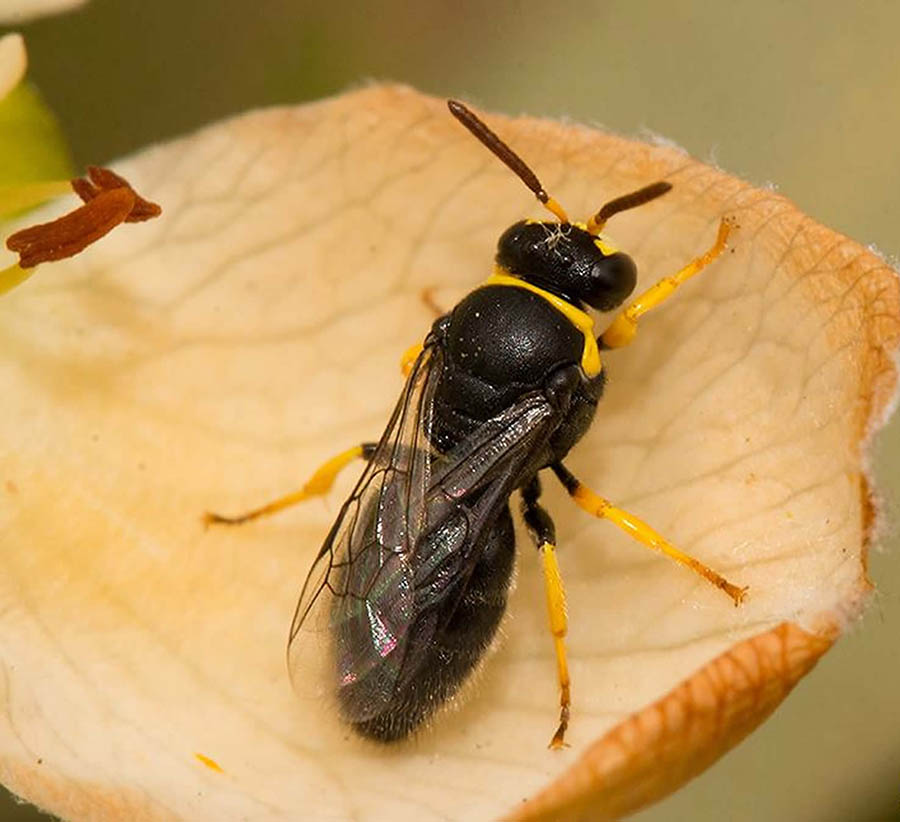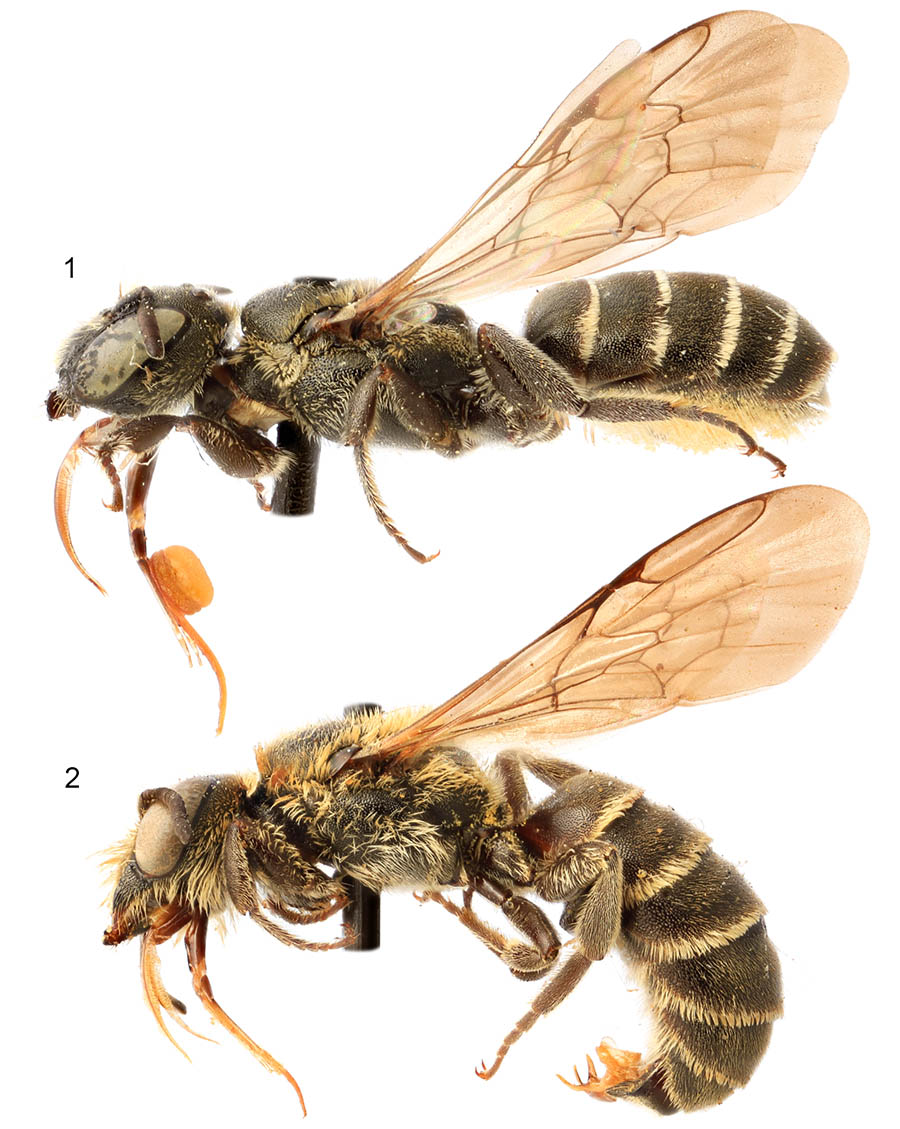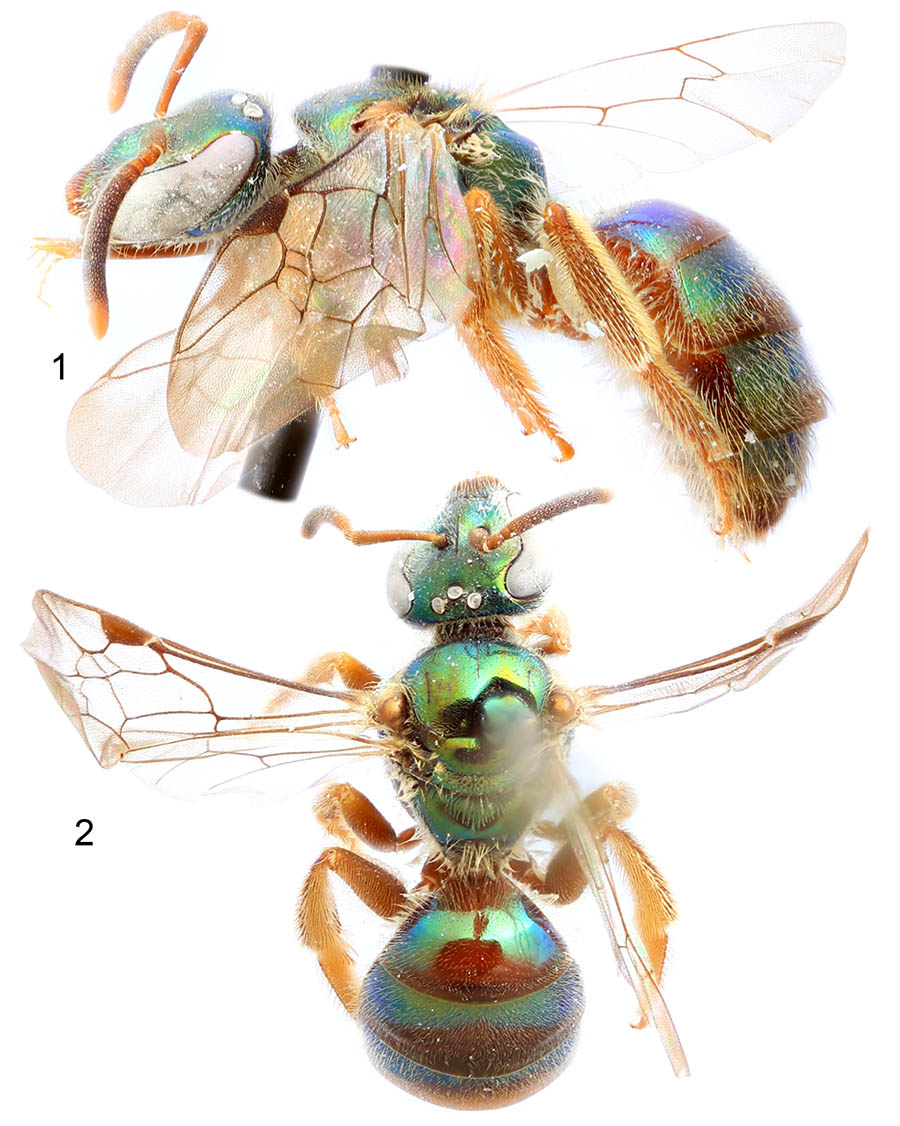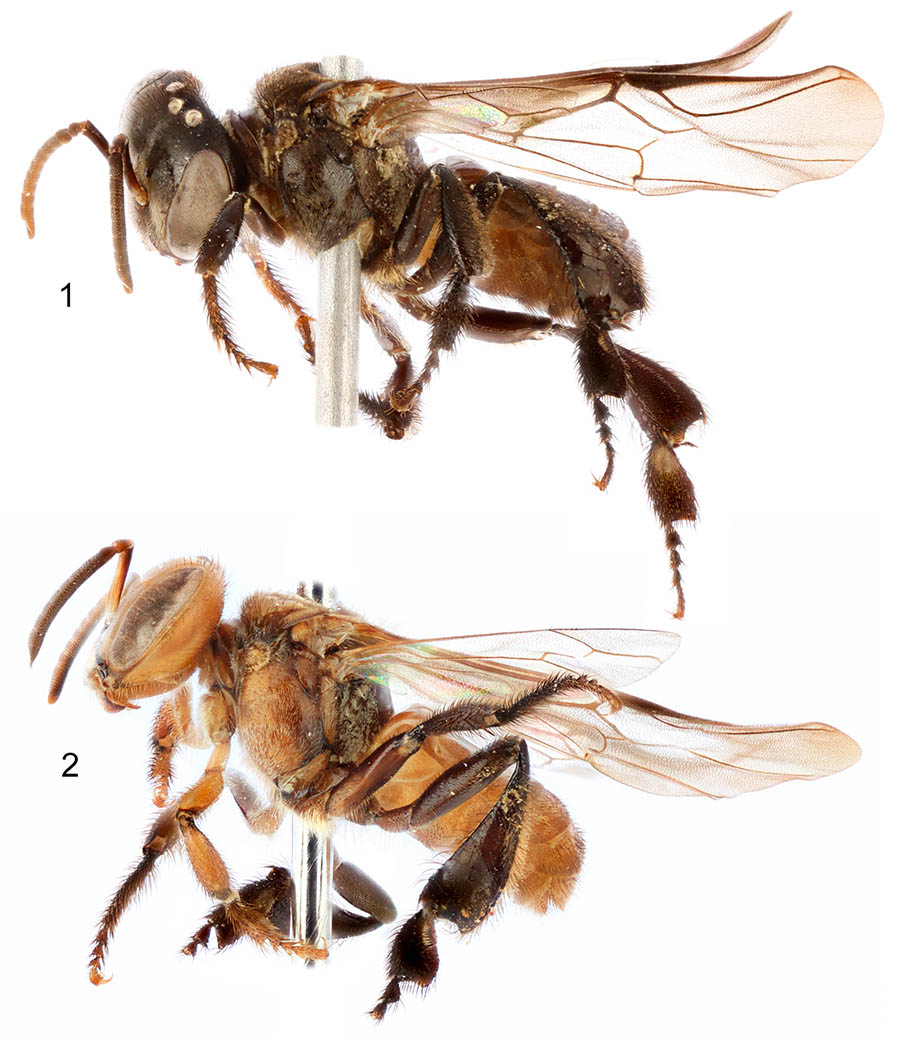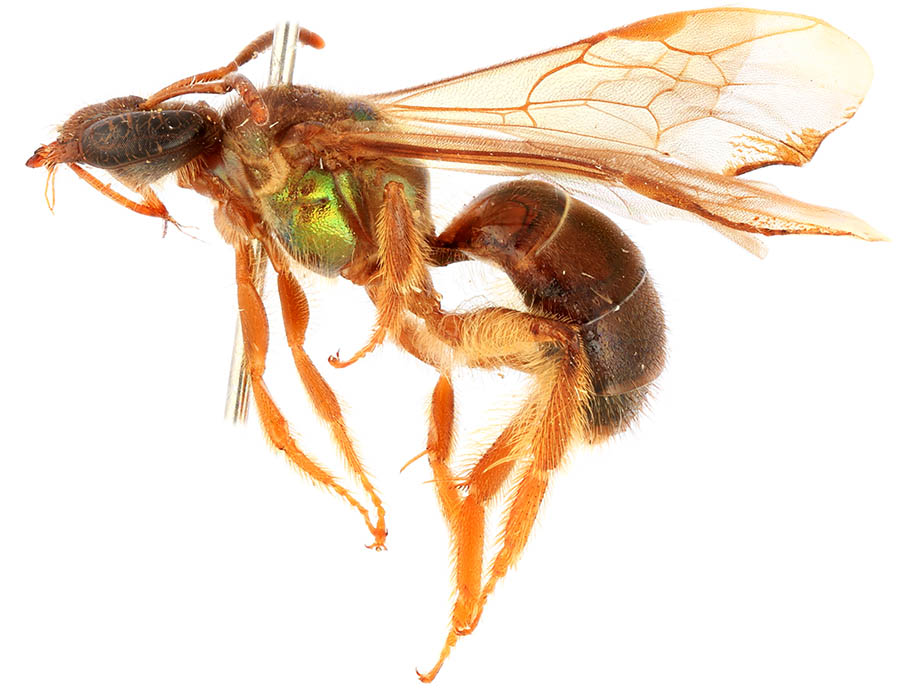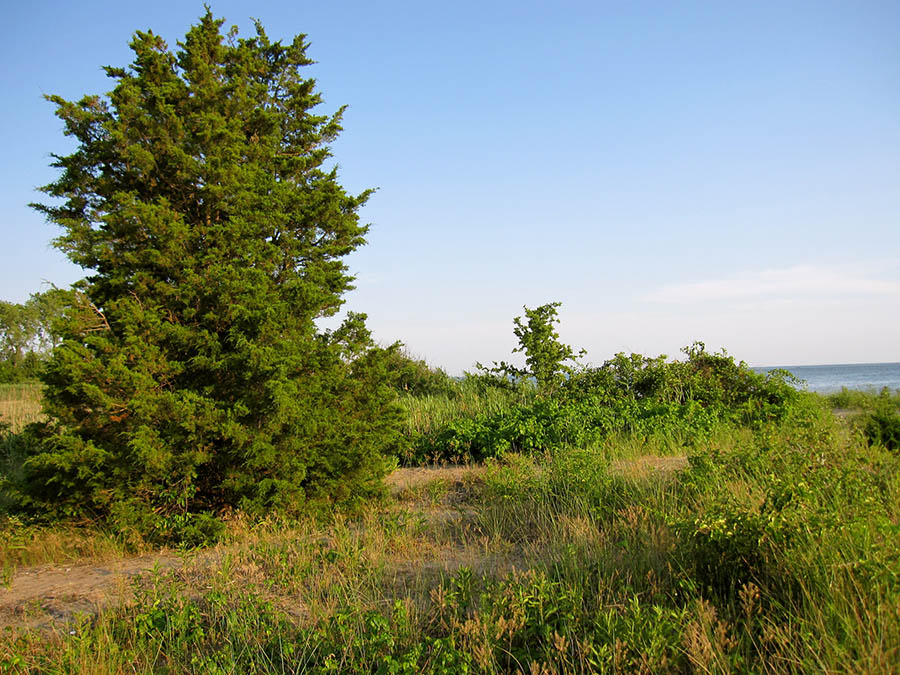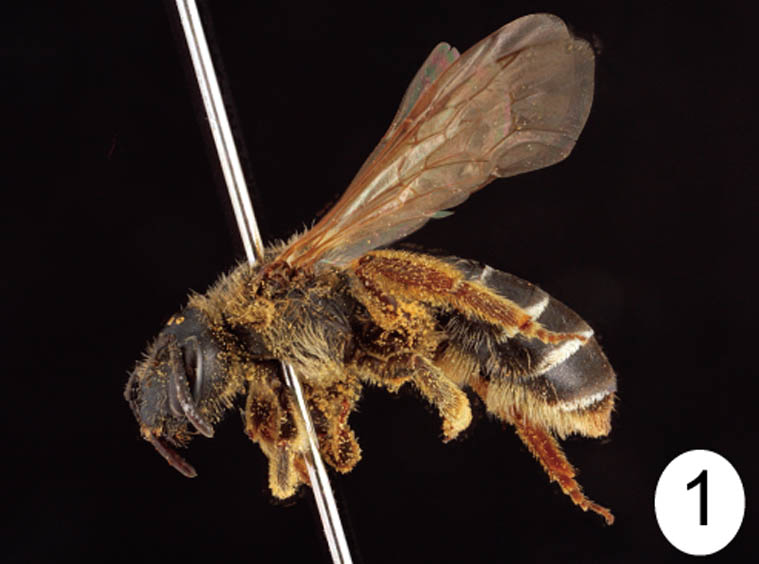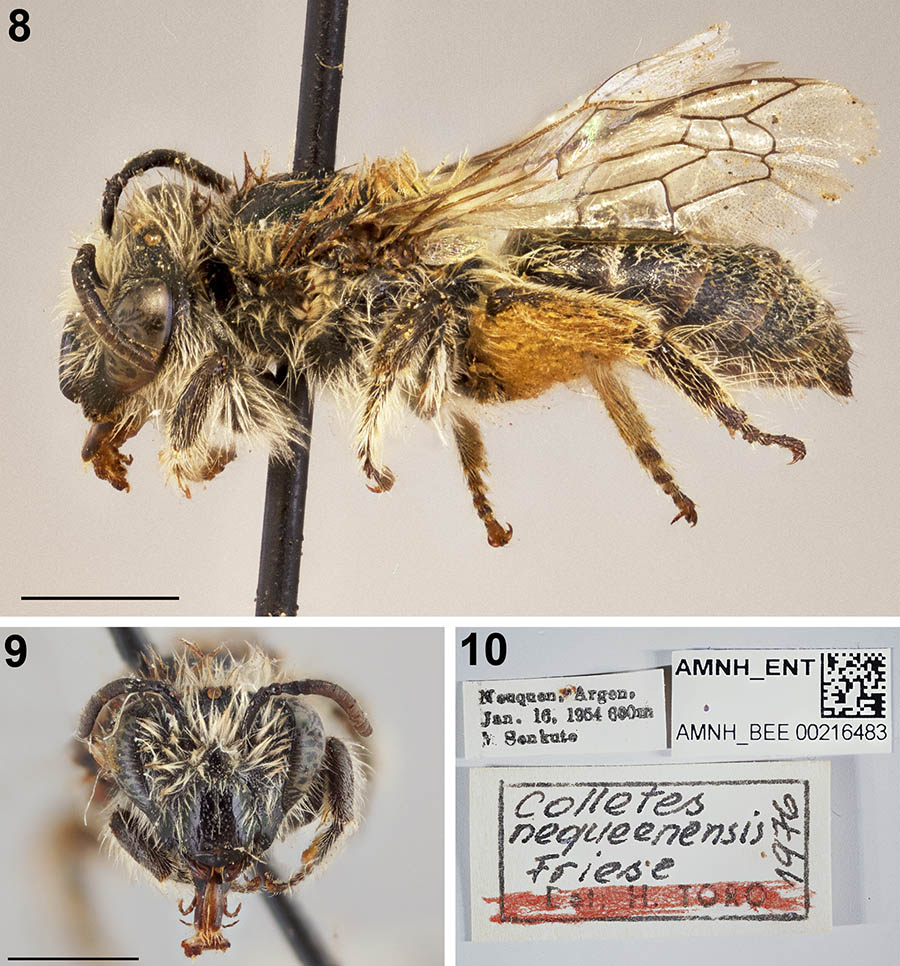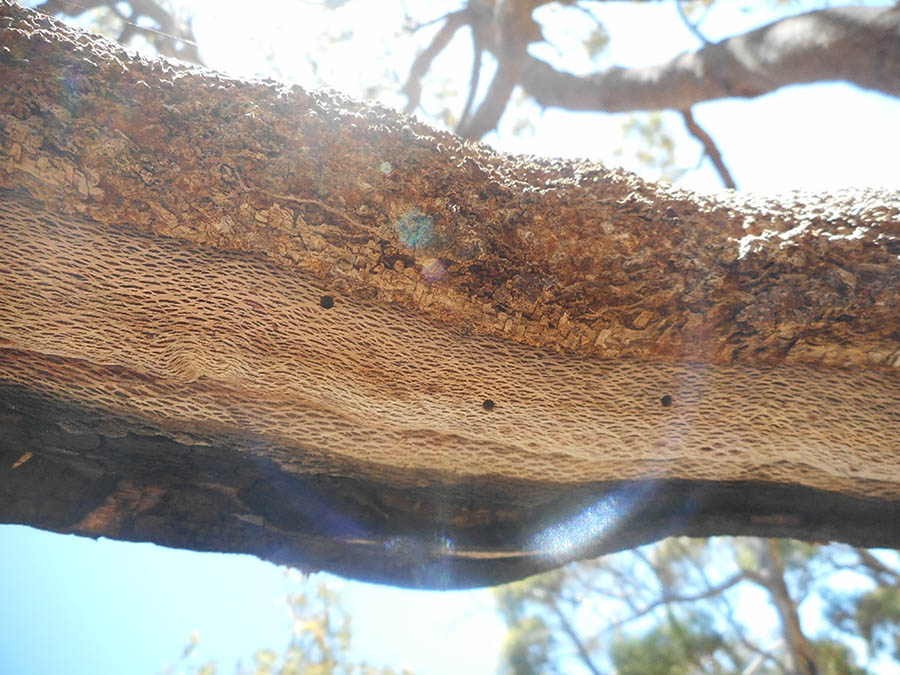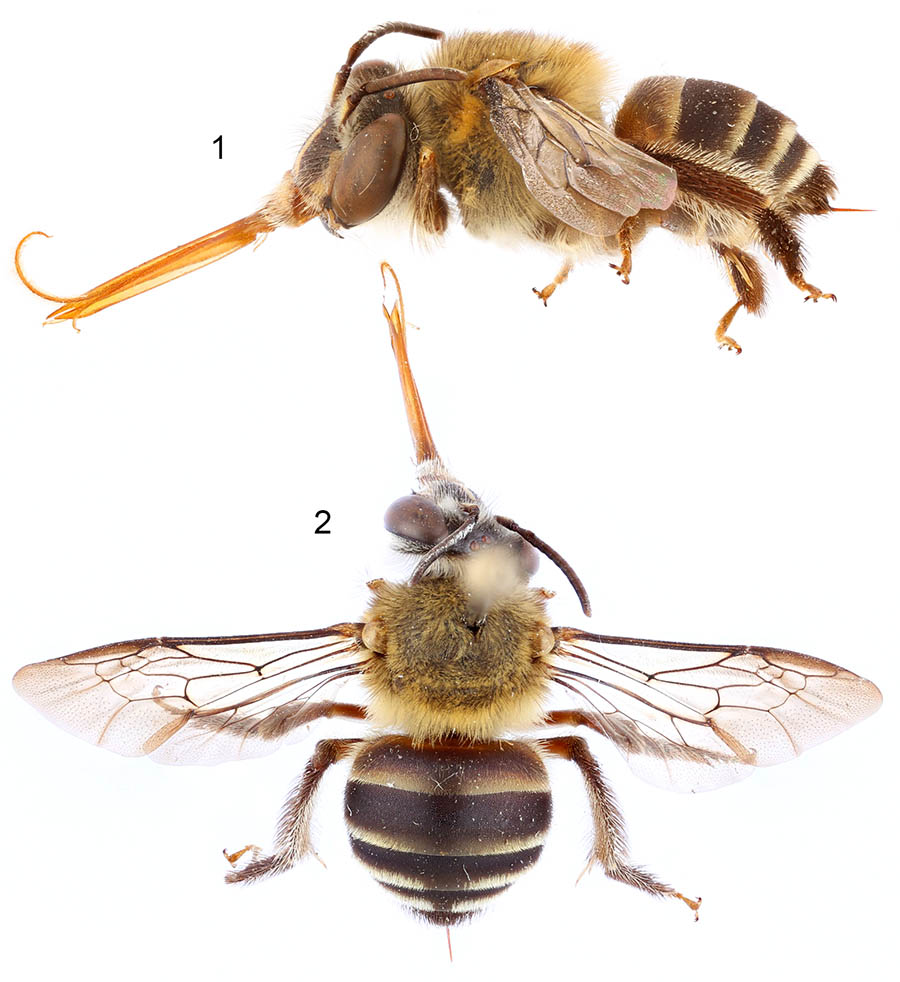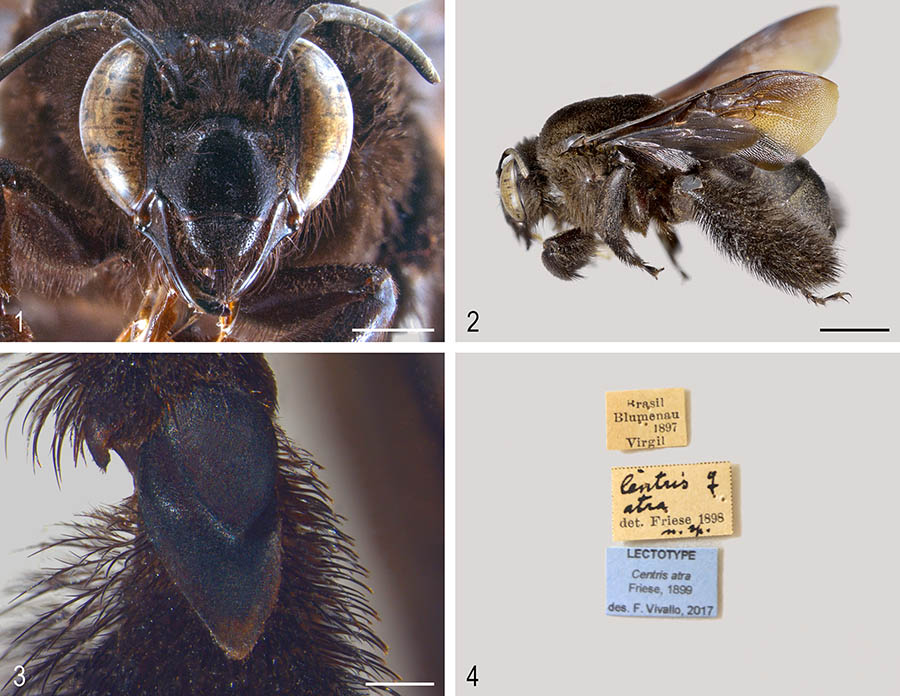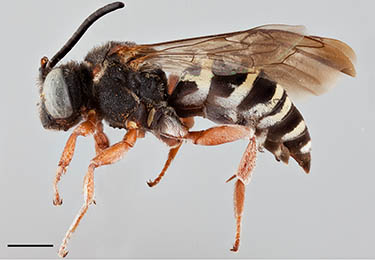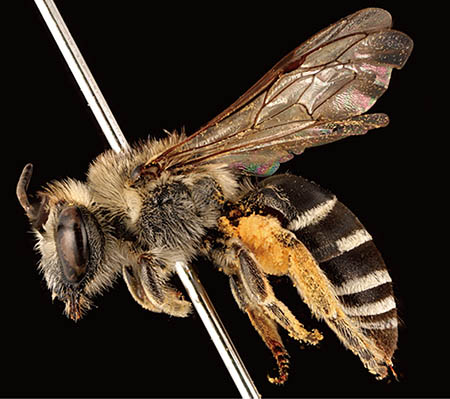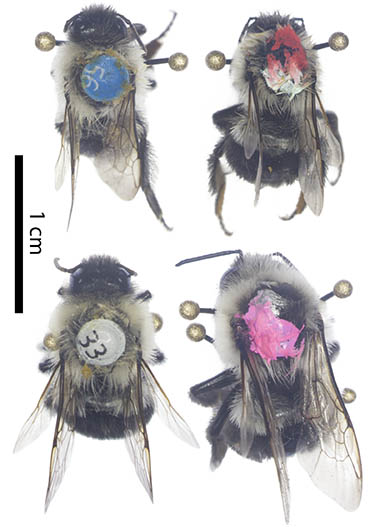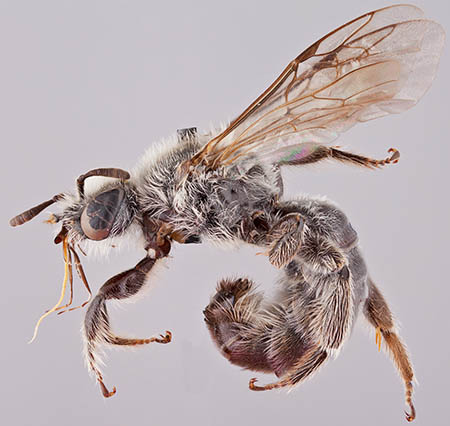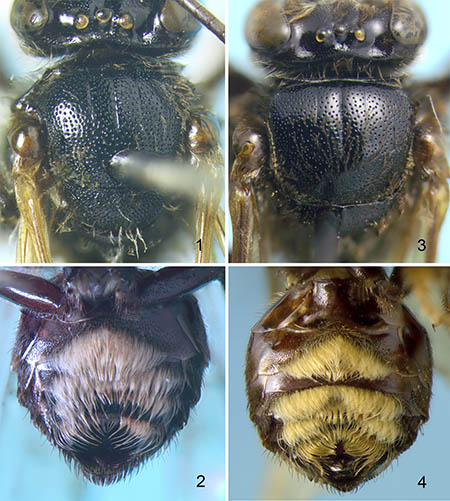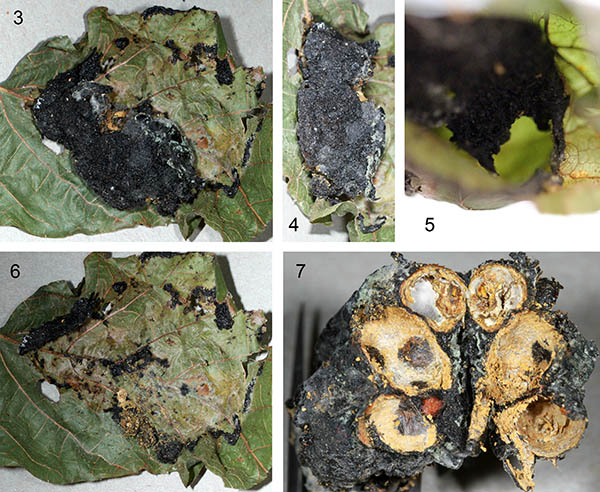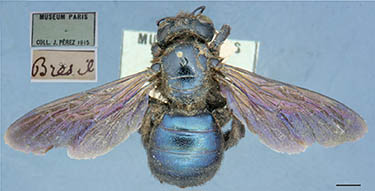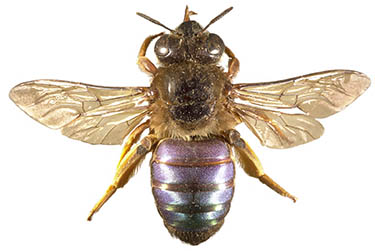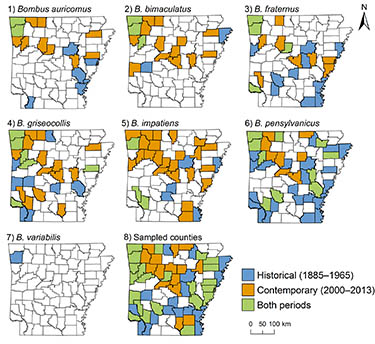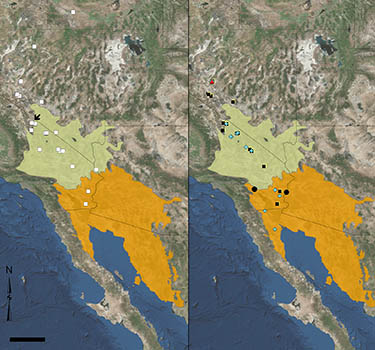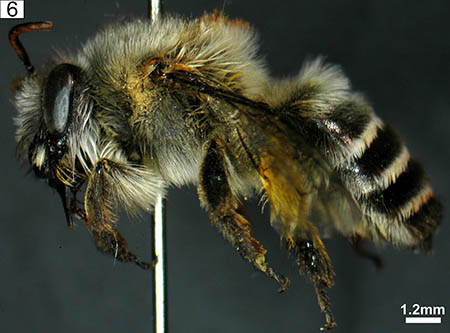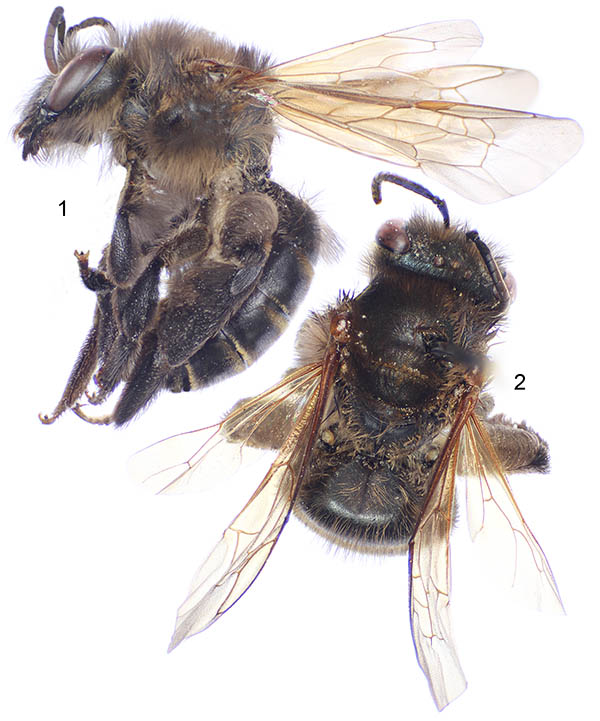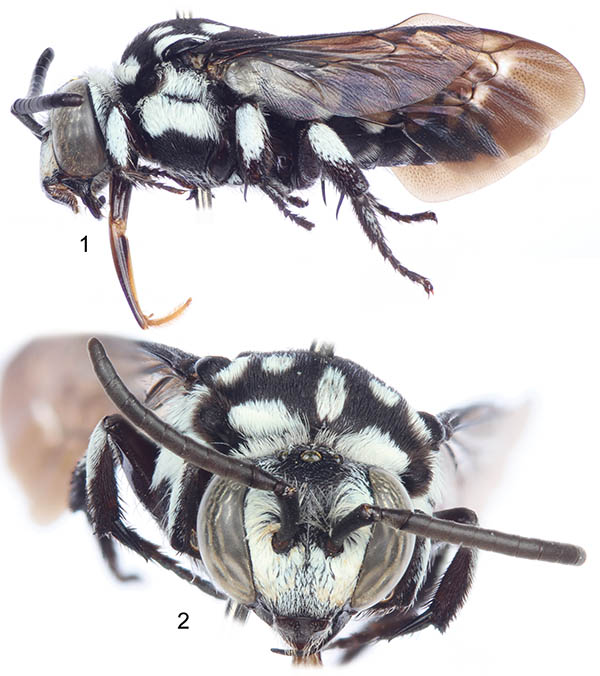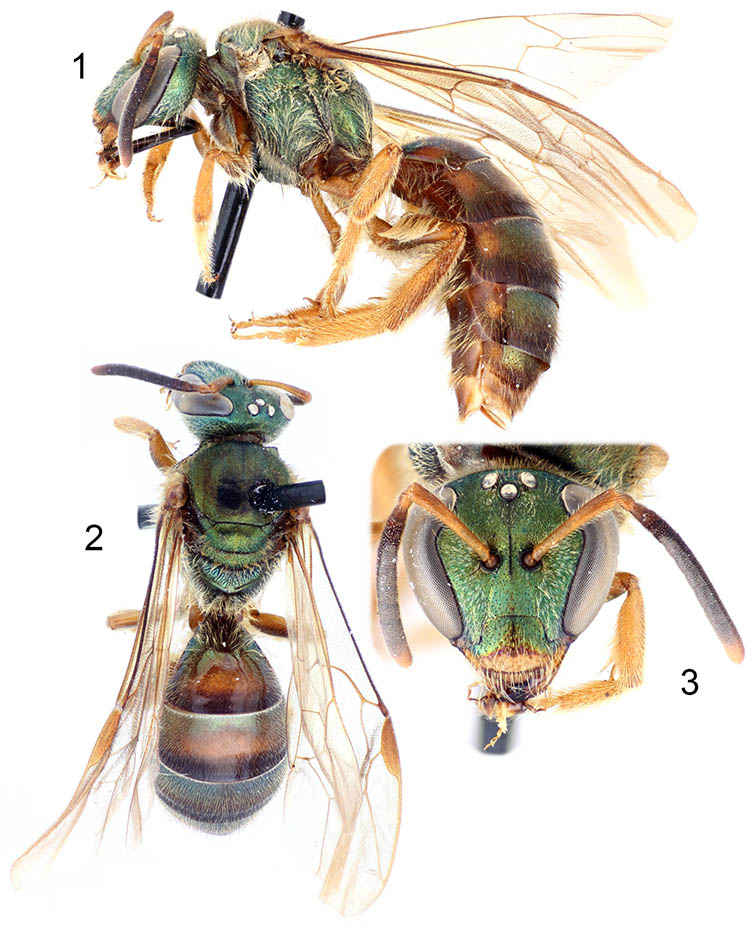Archives
-

A new species of Duckeanthidium Moure & Hurd (Megachilidae: Anthidiini) from Colombia, with notes on D. thielei Michener in Panama
No. 130 (2025)A new species of Duckeanthidium from Colombia is described, along with biological notes on D. thielei from Panama.
-

Notes on the genera Ammobatoides and Melitturga in Europe (Hymenoptera: Apoidea)
No. 128 (2025)Revised identification keys, new records, and taxonomic comments are presented for the rare cleptoparasitic bee genus Ammobatoides (Apidae) and its host Melitturga (Andrenidae) in Europe.
-

New Neotropical cleptoparasites in the genus Austrostelis (Hymenoptera: Megachilidae: Anthidiini)
No. 126 (2025)Three new species of the rare cleptoparasitic bee genus Austrostelis are described. Austrostelis mexicana and A. costaricensis extend its range into Mesoamerica, while A. bicolor from Venezuela sheds light on its diversity in northern South America.
-

Estimating body size in the large carpenter bees (Xylocopa)
No. 125 (2025)Body size is a key trait in bees, influencing fitness, pollination, and environmental responses. This contribution assesses the reliability of common size metrics in Xylocopa and explores 3D modeling for improved estimates.
-
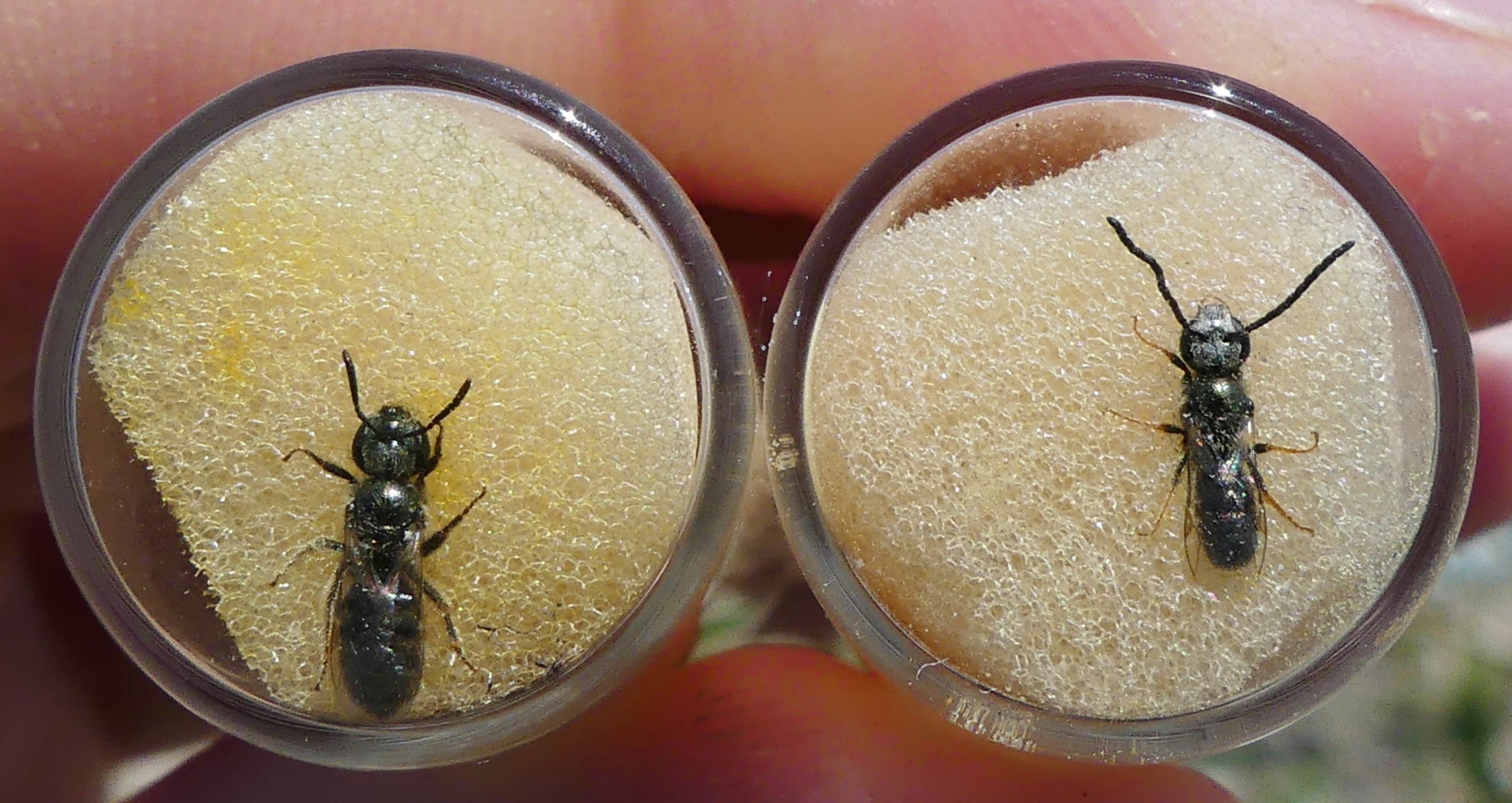
Phenology and social status of the endemic Sable Island Sweat Bee, Lasioglossum sablense
No. 124 (2024)New research on the sweat bee Lasioglossum sablense, a species endemic to Sable Island, Canada, reveals a unique mix of univoltine and bivoltine cycles along with both solitary and social nesting behaviors.
-

Special Issue: Advancing Wild Bee Research and Conservation Through Standardized Methods
No. 123 (2025)This special issue series features eight articles from the U.S. National Native Bee Monitoring Research and Coordination Network. The opening article serves as an overview of the seven accompanying papers, highlighting the goals, approaches, and collaborative efforts that shaped this collective work.
-

Critical thermal maxima differ between groups of insect pollinators and their foraging times: Implications for their responses to climate change
No. 122 (2024)Bees show higher thermal tolerance than flies, with timing of foraging also impacting resilience. Flies may be more at risk, underscoring the need for further study.
-

Bees that love tears: A review of Lisotrigona congregating at human and animal eyes (Hymenoptera: Apidae, Meliponini)
No. 121 (2024)Stingless bees (Meliponini) display unique behaviors like tear-drinking (lachryphagy). This review offers updated insights into its origins, ecological role, and potential for pathogen transmission.
-
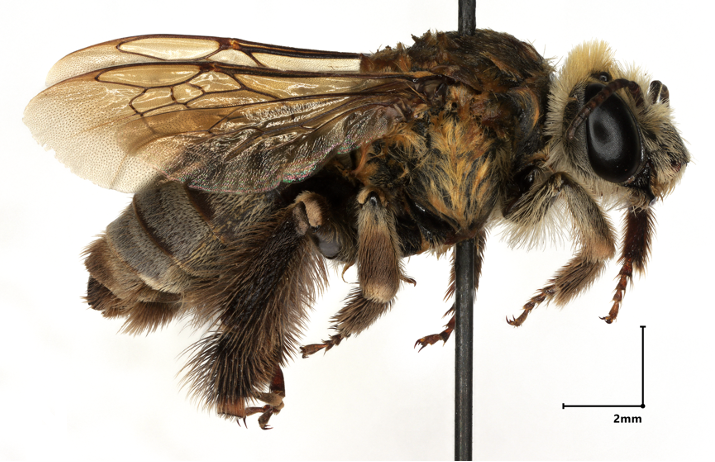
First record of Xenoglossa (Cemolobus) ipomoeae (Robertson, 1891) in Mississippi: Distribution, ecology, and conservation implications
No. 120 (2024)Xenoglossa (Cemolobus) ipomoeae, a rare specialist bee, has been found in Mississippi for the first time.
-

A new name for Hoplitis (Alcidamea) truncata Wu, 1993 (Hymenoptera: Megachilidae)
No. 119 (2024)Hoplitis (Alcidamea) wuae Sheffield, a new name replacing Hoplitis (Liosmia) truncata Wu, 1993, which had been preoccupied by Hoplitis truncata (Cresson, 1878) for over a century.
-
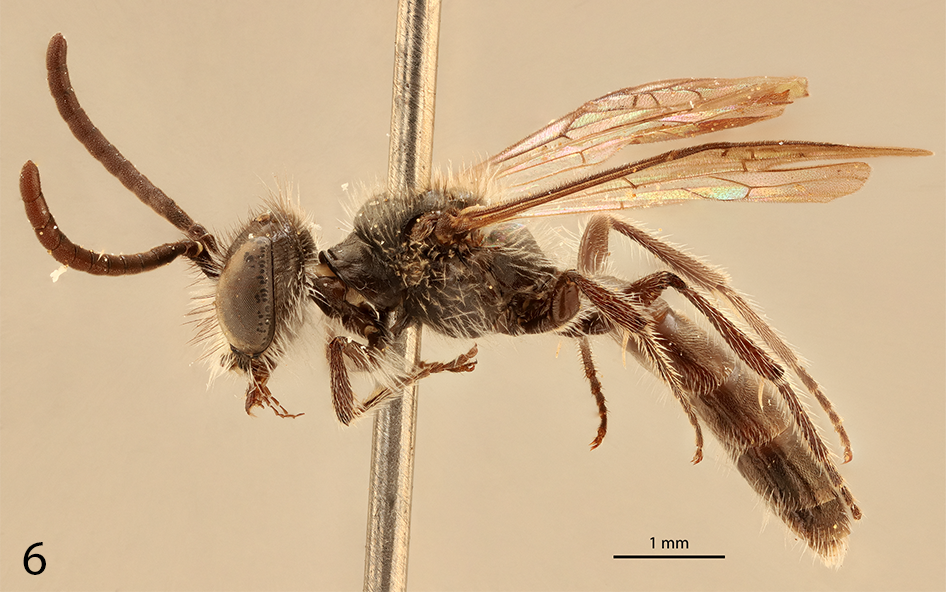
Andrena nimigracilis, a new species (Hymenoptera: Andrenidae) from México
No. 118 (2024)A new species of Andrena is described from Michoacán, Mexico, which remains unassigned to any of the currently recognized subgenera within the genus.
-

The cleptoparasitic bee genus Odyneropsis in México (Hymenoptera: Apidae, Epeolini)
No. 117 (2024)A new species of the cleptoparasitic genus Odyneropsis is described from the state of Jalisco, México. Taxonomic and geographical data for other Mexican species are also provided.

